My Sous Vide Experiment (2)
The original name of the instrument used to control the cooking machine is the Thermal Immersion Circulator. Its basic structure is actually very simple. In fact, it is a programmable electric spoon. In addition to the timing function, a precise temperature control chip is used to sense the water temperature to adjust the power of the electric spoon at any time. A motor blade creates a flow of water in the container, so that there is no temperature difference in the temperature of the water. If you are an electronics expert, maybe you can also build one yourself for $75 like Scott Heimendinger, author of the food blog Seattle Food Geek. His blog also shares his DIY process with you ( reference link ).
|
DIY Immersion Thermal Cycler (Image credit : seattlefoodgeek.com ) |
Before 2009, only one company called Polyscience, which specializes in manufacturing experimental instruments, produced the Simmer Cooking Machine on the market. It has the same high-precision standard as the laboratory, but the price is as high as 1,200 US dollars. Therefore, most of the users who buy this machine are major high-end restaurants.
|
Polyscience has the largest selection of models (Source: cuisinetechnology.com) |
In 2009, a couple of health-conscious Eades doctors first designed the Sous Vide Supreme for the home market, a $479 home machine that looks like a precision slow cooker and includes The shelf designed to place cooking food is less precise than the Polyscience machine, but it is more convenient to use, and there is no need to look for additional cooking containers. But its disadvantage is that there is no circulating blade design inside the machine, so some netizens complained that the temperature of different positions in the pot will have a difference between up and down.
|
Sous Vide Supreme that looks like an electric cooker (Image credit: sousvidesupreme.com) |
In August of this year, Scott Heimendinger, the blogger who designed the 75 yuan DIY immersion thermal cycler, published his $199 commercial product Sansaire on the famous crowdfunding website Kickstarter. The following video explains his idea Design concept, this product is already accepting pre-orders, but it will not be available until November 18th.
One month later than Sansaire, Polyscience's instrument competitor, Anova, also started selling Shuwei's home machines through the Internet. What's even more dazzling is that it uses a simple touch-sensitive LCD screen to set the time and temperature. Compared with the above Model, it also changed the part of the machine that is in contact with the water surface to stainless steel design, so that users do not have to worry about the decomposition of non-metallic parts in hot water. The Anova was originally priced at $299, but in response to Sansaire's announcement, it quickly lowered the price to $199.
|
Anova has a touch screen and three colors to choose from (Source: sousvides.com) |
The market for home cooking machines is really booming. A Japanese-born female chef and food review columnist in San Francisco has also launched a Nomiku machine with a design sense of US$299 through the Kickstarter website. Although it has begun to accept pre-orders, the time to market is still undecided. .
|
Nomiku full of design sense (Source: nomiku.com) |
Competitors have sprung up one after another, and Polyscience, the big brother of sous vide, has to launch a low-priced Discovery series priced at $299. A launch date has yet to be determined.
|
Polysicence's cheapest model - Discovery (Source: cuisinetechnology.com) |
Among so many machines, I chose Anova. In addition to the very intuitive touch-sensitive LCD screen and stainless steel base design, it is also the only lowest-priced model currently on the market. If you are interested in comparing the pros and cons of each machine, the well-known blog Serious Eats has tested many, including unlisted Shu Simmer machines.
In the next article, I will discuss with you the packaging method and vacuum packaging machine of sous vide.





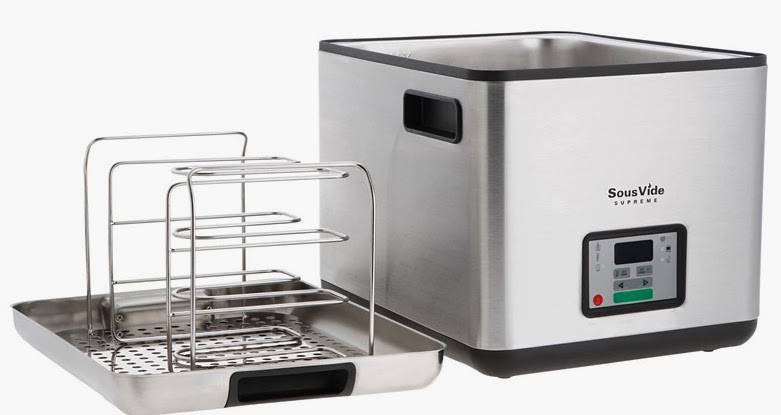
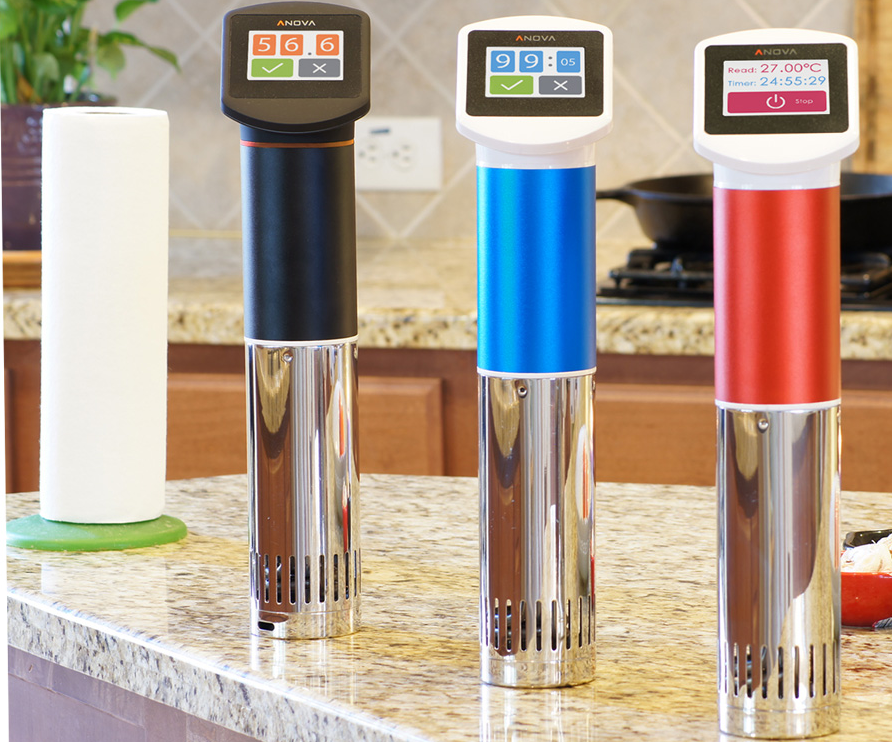

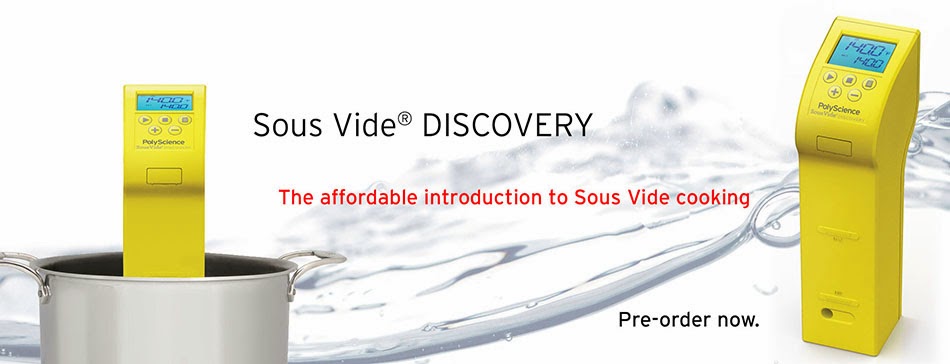.jpg)
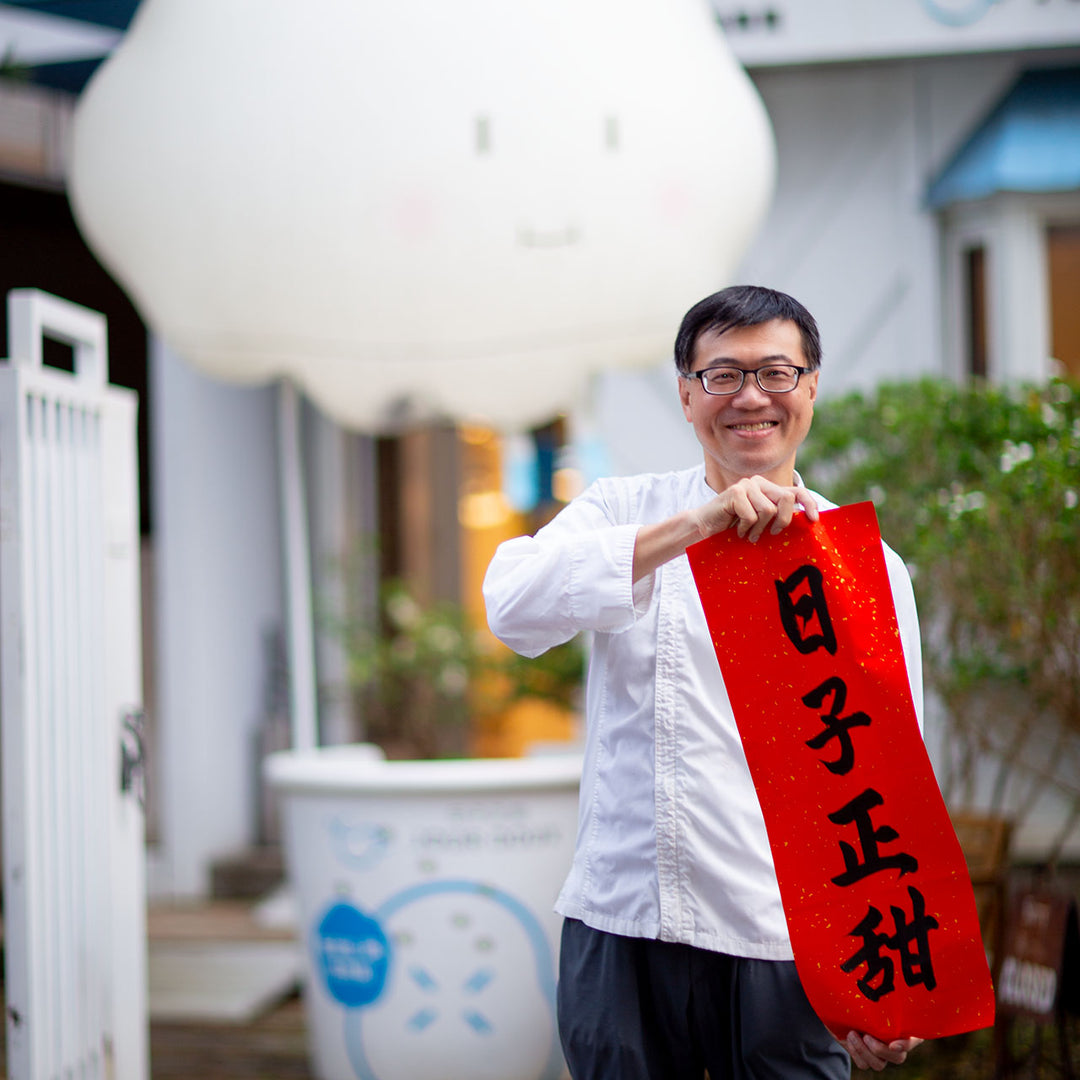
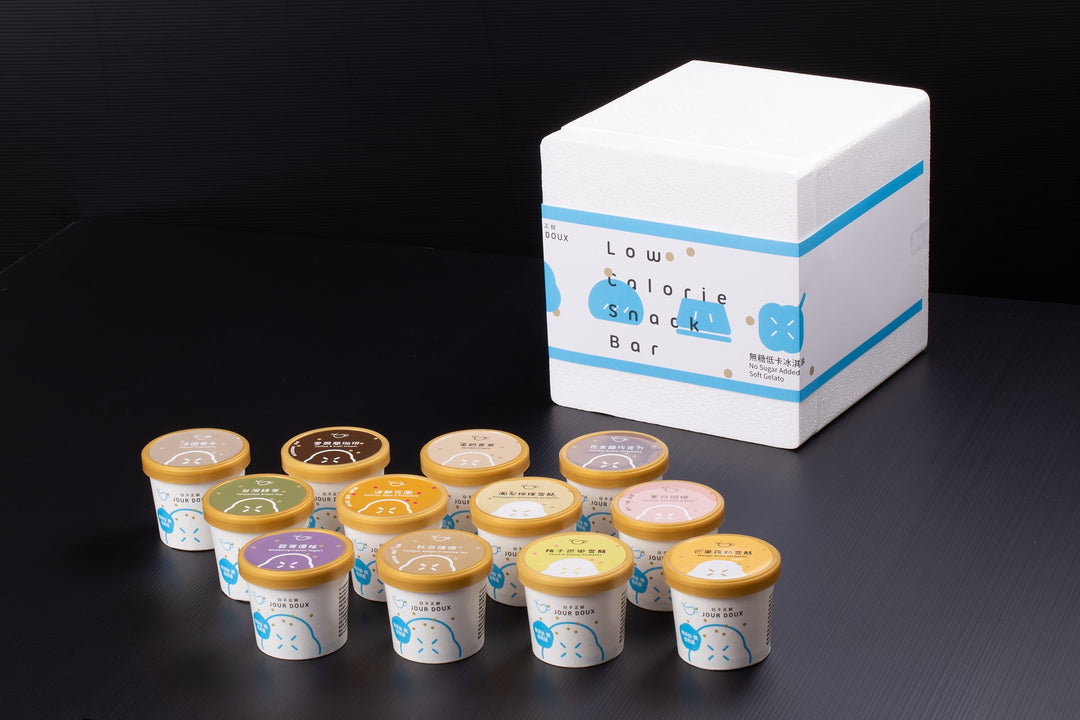

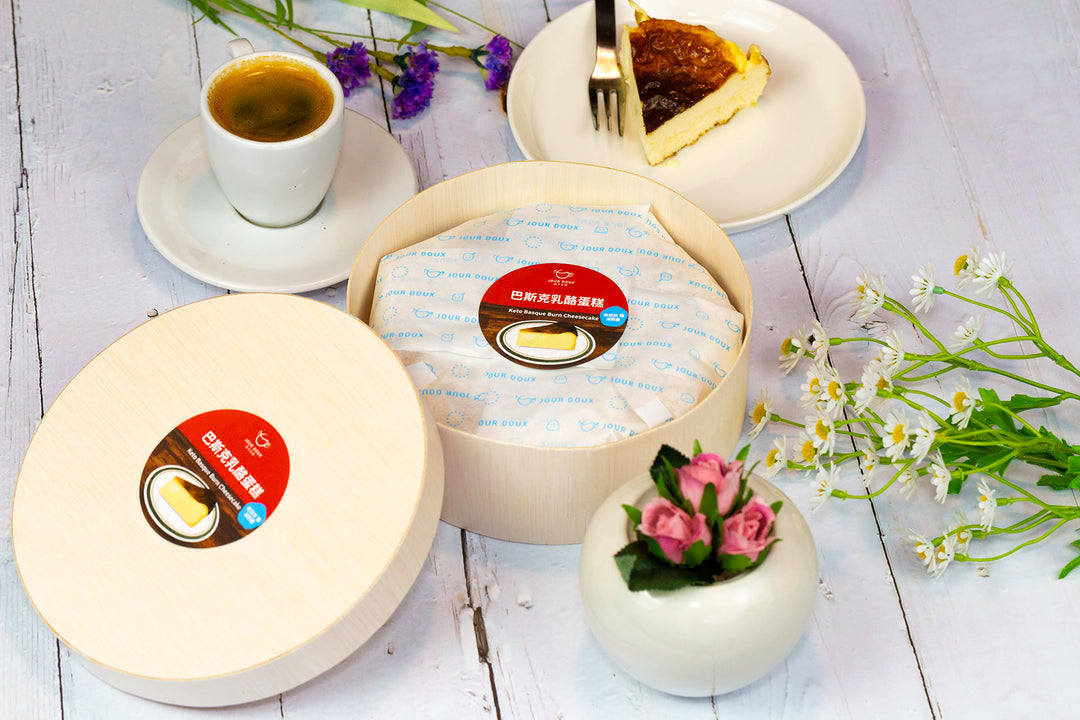




Leave a comment